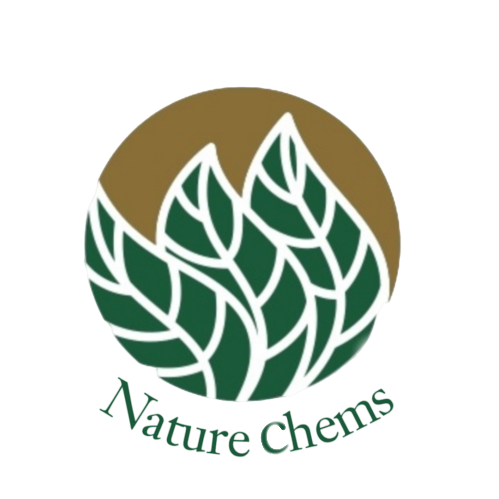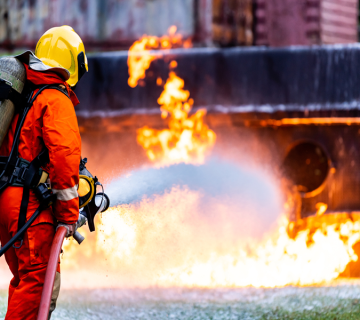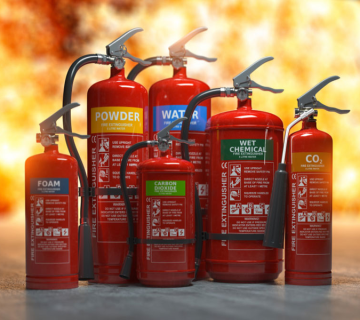Why Protein-Based Firefighting Foam Is a Smart Choice?
In the evolving landscape of fire suppression, safety is no longer the only priority—environmental responsibility is equally vital. As global awareness grows around the ecological impact of firefighting agents, protein-based firefighting foams are gaining renewed attention for their performance and sustainability.
What Is Protein Foam?
Protein foam is a type of Class B firefighting foam made from naturally occurring proteins, typically derived from hydrolyzed animal by-products. When blended with stabilizers and foam boosters, it produces a tough, heat-resistant blanket ideal for combating flammable liquid fires.
Environmental Advantages of Protein Foam
Biodegradability
Protein foam is composed of organic materials that break down more easily in the environment compared to synthetic alternatives. Its biodegradable nature minimizes long-term environmental damage, especially in sensitive ecosystems near industrial sites or storage facilities.
Lower Toxicity
Unlike fluorinated foams (such as PFAS-based foams), protein foams do not persist in the environment or bioaccumulate in wildlife or humans. This makes them a safer option for both fire professionals and the surrounding community.
Sustainable Source Materials
The raw ingredients used in protein foam are often by-products of other industries (e.g., meat processing), supporting a circular economy by reducing waste and promoting sustainable manufacturing practices.
Excellent Burnback Resistance
While not strictly an environmental benefit, the foam’s strong burnback resistance helps reduce the need for repeated application, ultimately lowering the environmental load of fire suppression operations.
Compliance With Eco-Regulations
As global regulatory bodies phase out harmful fluorinated compounds, protein foam remains a reliable and compliant alternative. Choosing it today helps future-proof firefighting operations against tightening environmental standards.
A Green Choice for a Safer Tomorrow
At a time when ecological stewardship is as crucial as fire safety, protein-based firefighting foam offers a responsible solution without compromising on performance. It’s an ideal fit for facilities seeking both effective fire suppression and environmental compliance.
Let’s protect what matters—from property to the planet.




No comment